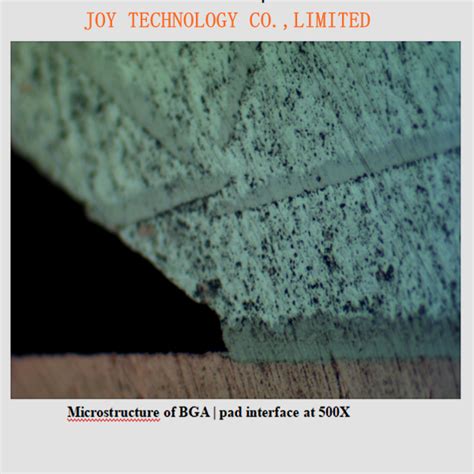
ALL ABOUT FLEX PCB
-
Micro-Sectioning: What It Is and How to Do it
Posted by
–
 Read more: Micro-Sectioning: What It Is and How to Do it
Read more: Micro-Sectioning: What It Is and How to Do itWhat is Micro-Sectioning? Micro-sectioning is the process of cutting a small, representative section from a larger material sample for microscopic examination. The goal is to create a thin, flat, and polished surface that reveals the material’s internal structure and characteristics. This technique is essential for analyzing a wide range of […]
-
DIY Spark Generator: Everything You Need To Know
Posted by
–
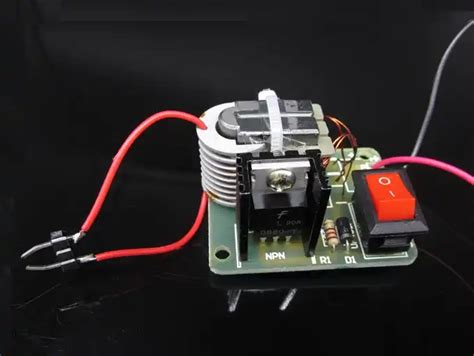 Read more: DIY Spark Generator: Everything You Need To Know
Read more: DIY Spark Generator: Everything You Need To KnowWhat is a Spark Generator? A spark generator, also known as a high voltage generator or Tesla coil, is a device that produces high-voltage electrical sparks by rapidly switching a magnetic field. Spark generators can create visual displays of miniature lightning and produce sounds reminiscent of a buzzing or zapping […]
-
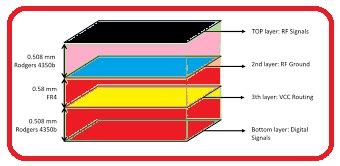 Read more: Understanding Manufacturing Tolerances on a PCB – Finished PCB Thickness Tolerance
Read more: Understanding Manufacturing Tolerances on a PCB – Finished PCB Thickness ToleranceIntroduction to PCB Thickness Tolerance Printed Circuit Boards (PCBs) are the backbone of modern electronics. They provide a platform for mounting and interconnecting electronic components to create functional circuits. One of the critical aspects of PCB manufacturing is maintaining consistent and accurate board thickness. PCB thickness tolerance plays a vital […]
-
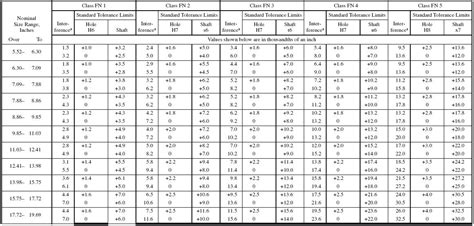 Read more: Understanding Manufacturing Tolerances on a PCB – Finished Hole Size Tolerances
Read more: Understanding Manufacturing Tolerances on a PCB – Finished Hole Size TolerancesIntroduction to PCB Hole Tolerances When designing and manufacturing printed circuit boards (PCBs), it is crucial to understand and account for the various manufacturing tolerances that can affect the final product. One of the most critical tolerances to consider is the finished hole size tolerance, which refers to the acceptable […]
-
The Complex Story of PCB Thickness
Posted by
–
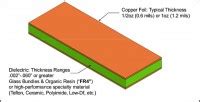 Read more: The Complex Story of PCB Thickness
Read more: The Complex Story of PCB ThicknessIntroduction to PCB Thickness Printed circuit board (PCB) thickness is a critical factor in the design and manufacture of electronic devices. The thickness of a PCB can affect its mechanical strength, electrical performance, thermal management, and overall reliability. In this article, we will explore the various aspects of PCB thickness, […]
-
How To Cut PCBs: A Complete Guide
Posted by
–
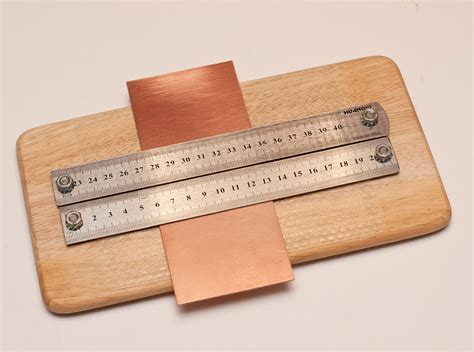 Read more: How To Cut PCBs: A Complete Guide
Read more: How To Cut PCBs: A Complete GuideIntroduction to PCB Cutting Printed Circuit Boards (PCBs) are the backbone of modern electronics. They provide the electrical connections and mechanical support for various components in electronic devices. PCBs come in different shapes and sizes, and often need to be cut to fit specific design requirements. PCB cutting is an […]
-
PCB Transformer: What Is It And Where to Use
Posted by
–
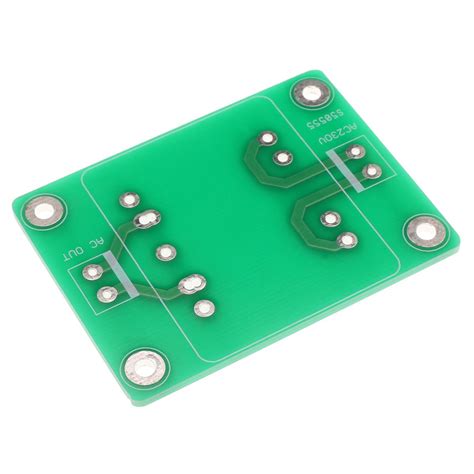 Read more: PCB Transformer: What Is It And Where to Use
Read more: PCB Transformer: What Is It And Where to UseWhat is a PCB Transformer? A PCB transformer, short for Printed Circuit Board transformer, is a type of transformer that is specifically designed to be mounted directly onto a printed circuit board (PCB). Unlike conventional transformers that are typically bulky and require separate mounting arrangements, PCB transformers are compact, lightweight, […]
-
94v0: A Safe PCB Board for Electronic Devices
Posted by
–
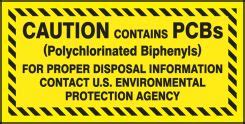 Read more: 94v0: A Safe PCB Board for Electronic Devices
Read more: 94v0: A Safe PCB Board for Electronic DevicesIntroduction to PCB Safety Standards Printed circuit boards (PCBs) are essential components of nearly all modern electronic devices. They provide the foundation upon which other components are mounted and interconnected to create a functional system. However, as PCBs are often in close proximity to heat-generating components and may be subject […]
-
What is Motor Driver: A complete Guide and More!
Posted by
–
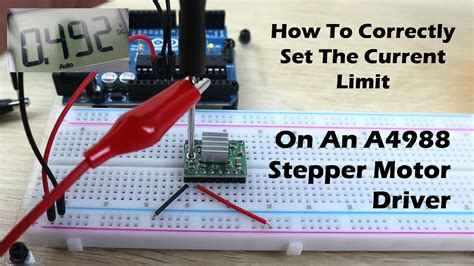 Read more: What is Motor Driver: A complete Guide and More!
Read more: What is Motor Driver: A complete Guide and More!Understanding Motor Drivers A motor driver is an electronic circuit or module that is designed to control and drive motors. It receives control signals from a microcontroller or other control circuitry and translates them into appropriate power signals to drive the motors. Motor drivers are capable of handling the high […]
-
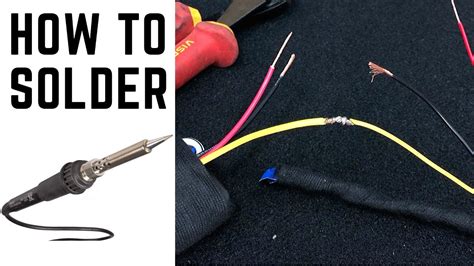 Read more: 9 Ways to Choose the Best Solder for Circuit Boards
Read more: 9 Ways to Choose the Best Solder for Circuit BoardsIntroduction Soldering is a crucial process in the creation of electronic devices, and choosing the right solder is essential for ensuring the quality and longevity of your circuit boards. With so many different types of solder available, it can be challenging to know which one is best suited for your […]




